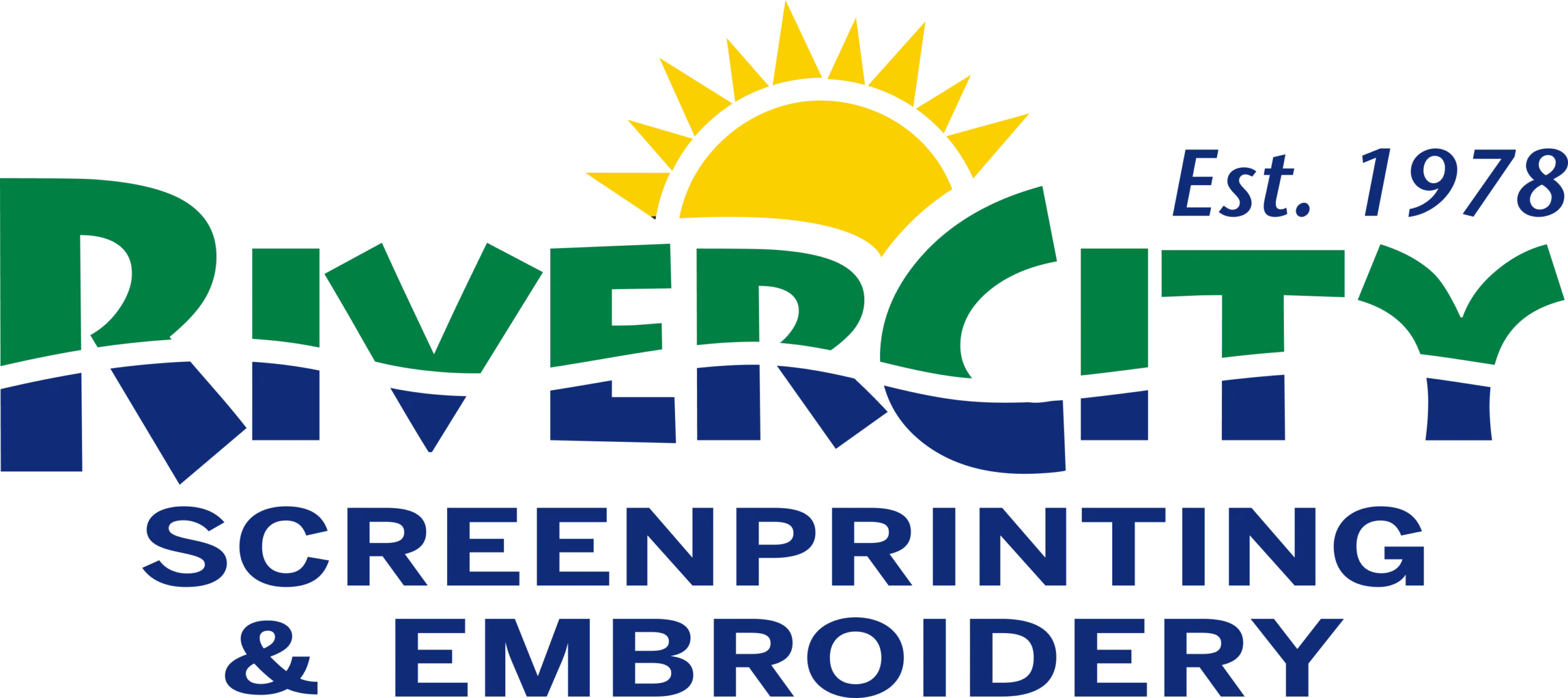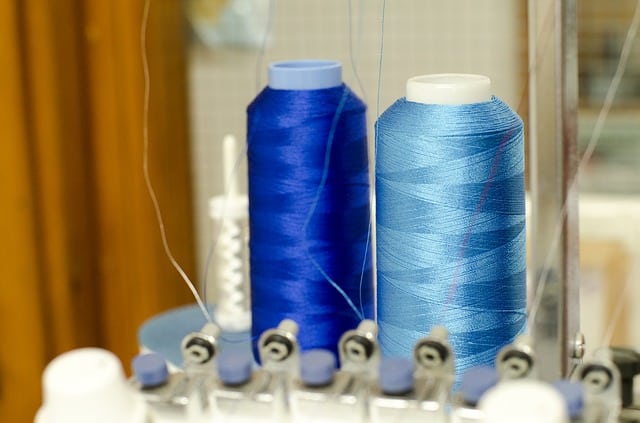The screen printing and embroidery industry has many methods, techniques, and features the lead to a great final product. One of these features is embroidery backing, or stabilizers. What are embroidery stabilizers? Is one stabilizer better for a specific purpose?
Embroidery Stabilizers
Embroidery is specialized stitching that can be used to emphasize your company name, logo, or slogan. By itself, it might consistent primarily of stitching. Therefore, it needs a backing to hold it in place. This backing is called a stabilizer. It “stabilizes” the embroidery stitching so that it can be attached to your cap, t-shirt, jacket, or nearly any fabric material. Using a stabilizer increases the speed at which high-quality embroidery products can be made. It also provides a smoother, firmer surface for sewing.
Why Use Different Stabilizers?
As the material is being sewed onto the product, the stabilizer keeps it in place. Which stabilizer is selected? When choosing an embroidery stabilizer, the manufacturer looks at fabric stability, style, stitch density, size, and design stability to determine the right stabilizer. The fabric stitch must be stable while the embroidery machinery is affixing it to the product. If it moves in place, then the final product could be ruined. You might think of when you lay down something that has a sticky, adhesive backing to it. If you don’t use an appropriate stabilizer, you will get bubbles. With embroidery, you will get uneven stitching. It might bunch up and be impossible to read. Over time, it will wear out faster. So what are the different types of embroidery stabilizers?
Cutaway
The cutaway stabilizer has stronger fibers, permitting superior stability. It is better for fabrics such as elastic that will be stretched a lot. It is also ideal for delicate fabrics. During the embroidery process, these fabrics will push up into the throat plate. The cutaway backings ensure that the design will remain crisp. The disadvantage of using cutaways is the danger of damaging the design by cutting too close to it. These are better for designs that are not visible from the garment back.
Tearaway
The tearaway stabilizer is very popular in the embroidery industry. It provides for both quality and quantity. It is also cheaper than some of the other stabilizers. These should deliver clean tears, perforation resistance, and hoop stability. The tearaway backing is very sturdy, this allows it to handle repeated perforations. Some embroidery shops use two layers of a thin tearaway stabilizer to eliminate distortion.
Peel & Stick
If an area of fabric is difficult to “hoop,” then adhesive peel & stick stabilizers might be used. These are best for collars, cuffs, and stretching fabrics. These are also used for brushed denim and suede.
Poly Mesh
Ultra-sheer, thin, or white fabrics might use a poly mesh stabilizer. It does not show through the fabric.
Caps
Your caps use a heavy stabilizer that will tear cleanly. This delivers crisp letters. These are best for unstructured caps.
The right embroidery stabilizer can ensure that the lettering is crisp, smooth, and easy to read. The embroidery industry takes great pride in delivering high quality results. Without the right embroidery stabilizer, this would not be possible. For more information about custom embroidery, or to request a quote for an order, contact RiverCity Screenprinting & Embroidery, located in San Marcos, TX.

